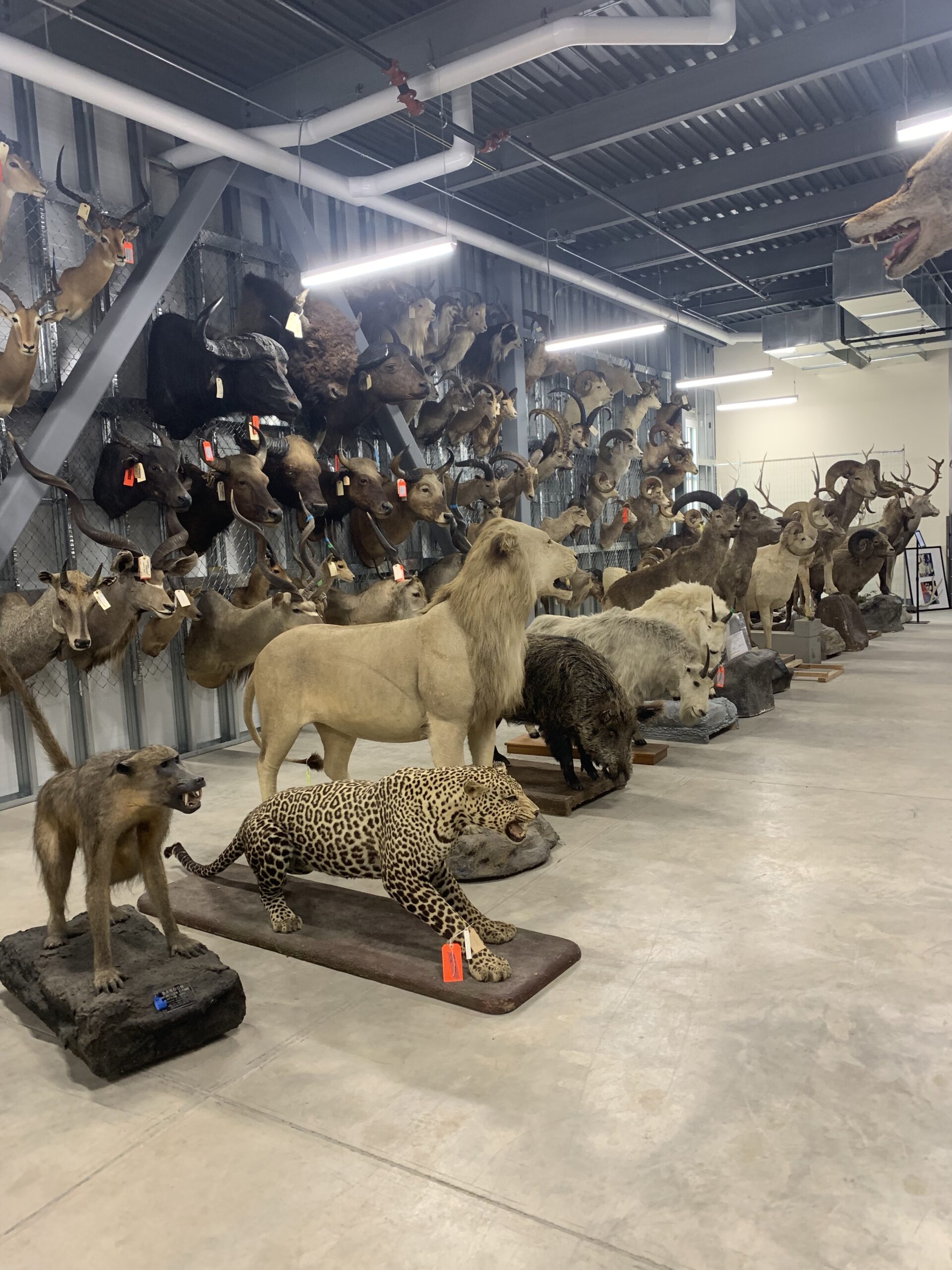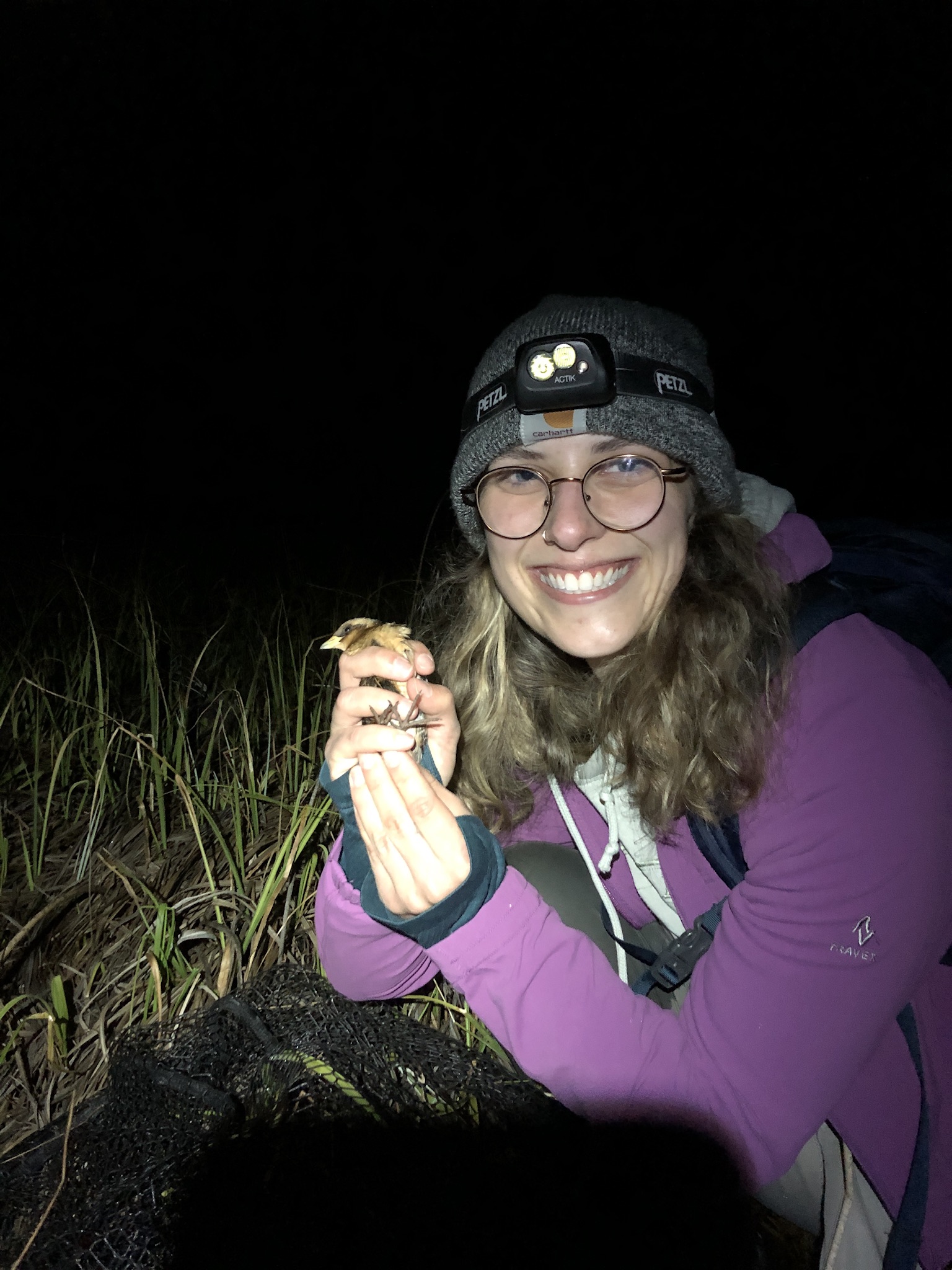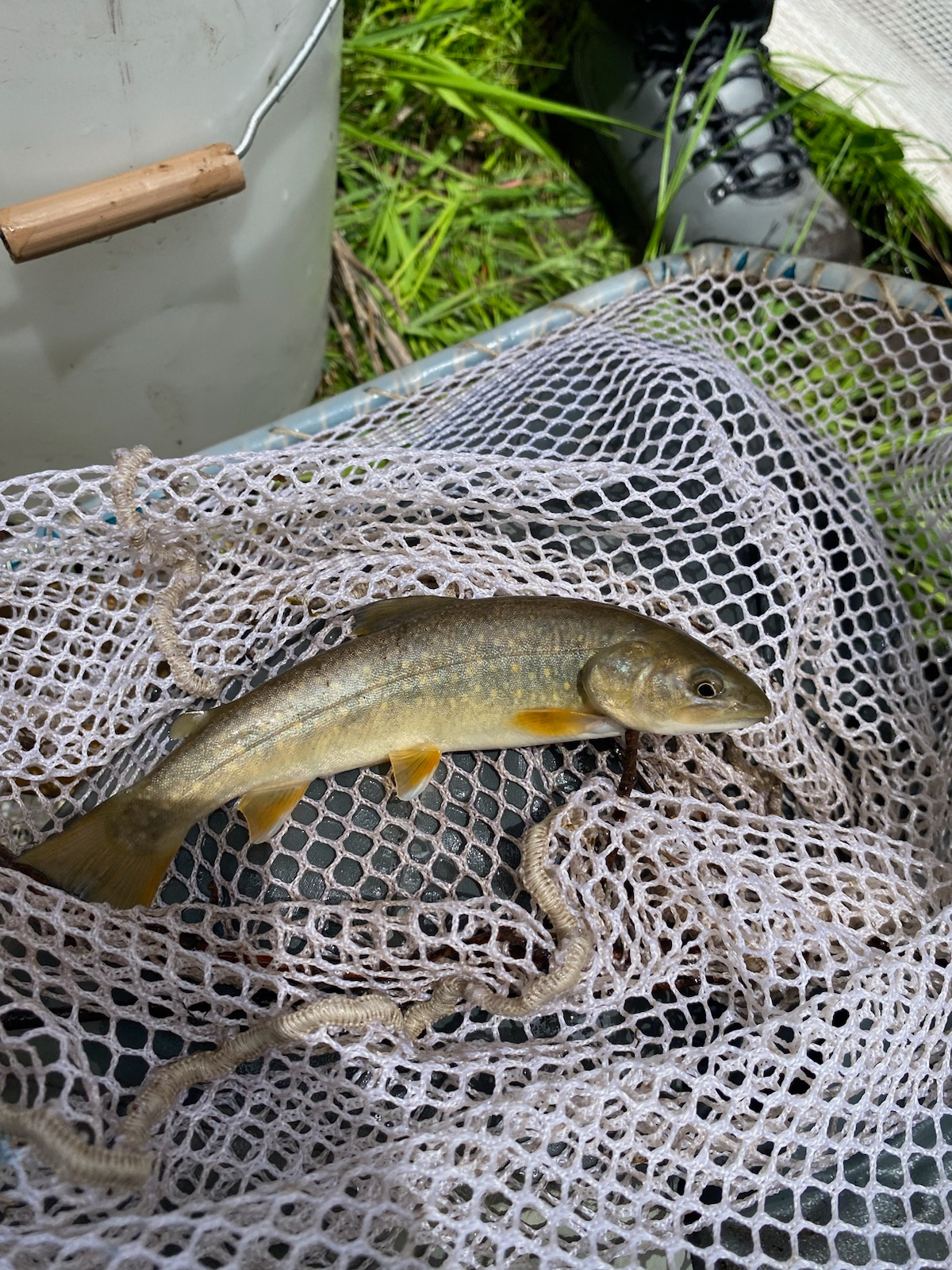Since I have lived in the Midwest for my entire life up until now, I have never experienced a true wildfire season. I had heard of the catastrophic wildfires here in Oregon, and I was anxious for them to begin. Fortunately, wildfire season started later than usual due to an exceptionally wet spring. My overly-optimistic, oblivious mind believed that maybe I lucked out, maybe I would not have to endure a wildfire season at all! However, one August morning, I woke up to darkness at 6 AM, the AQI was well over 200, and my optimism was shattered.
Due to my moderate asthma, I have spent little time out in the field. However, I have been able to help with tasks around the office, which has been a learning experience in it of itself! Last week, I had the opportunity to help my supervisor organize current and expired permits that the Klamath Falls Fish & Wildlife office has issued. While this might sound boring to most, yet I found interest in this project as I got to read about the threatened & endangered species permitting process, which I knew little about prior to this task. I witnessed how these permits were communicated among stakeholders and our office, why one may want a permit, and why certain permit requests are denied, while others are approved. Even though office work may not be as enticing as field work, it is a crucial part of employees’ jobs here in Klamath Falls.

I also was given the opportunity to help organize telemetry data, which was exciting for me because I have not yet worked with the telemetry team. Working with the data meant I had the chance to use R, which was intimidating because I know close to nothing about coding. R allowed the data to be sorted and compiled to indicate which telemetry sensors suckers have passed by, which was insightful to see that through an analytical lens! I believe that a good balance between office and field work can give me a well-rounded view of the work completed at KFFWO.
Outside of work, my outdoor adventures have also taken a brief hiatus, I have decided to pick up crocheting (and applying for full-time jobs) in the meantime. Although a break from field work is needed at times, I hope to see clear skies before my internship is up!





